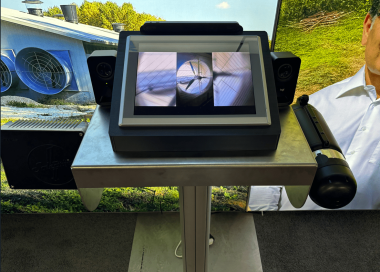
Available in other languages:
Content available at:
Español (Spanish)
DACS develop a world first high efficiency solar system to power their fans
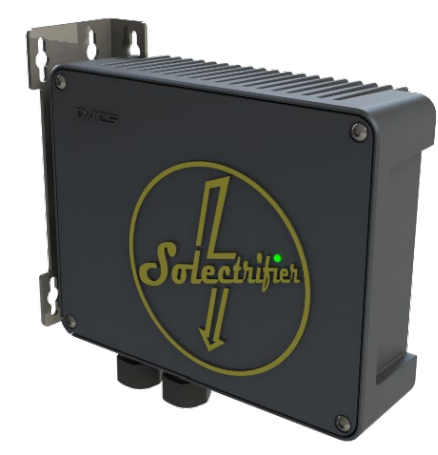
DACS present the Solectrifier at the IPPE. The Solectrifier is unique in the sense that it is not grid tied and is totally isolated from the public grid (AC-power). Since it does not connect to the grid it does not require special installation permits like most solar systems do.
Moreover, it generates power for the fans completely independent from grid power, making it act like a backup system and a relief system which brings down total system load during the often critical peak load hours.
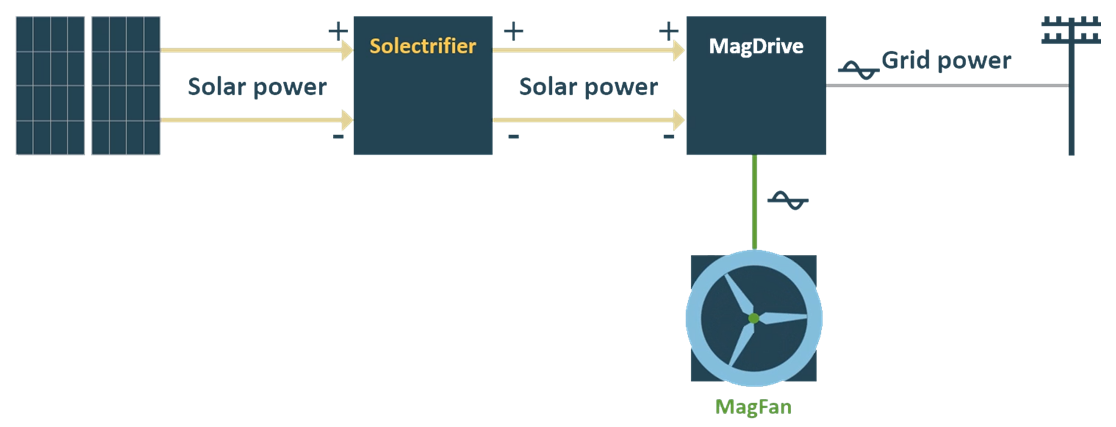
The Solectrifier comes pre-programmed and connects to the DC-link in the DACS frequency drives with just two wires – plus and minus.
The solar power production from PV panels is conditioned and controlled by the Solectrifier, then boosted to 400VDC and fed into the DC link.
Depending on total power draw and solar intensity, the system then turns down the AC grid power input as much as possible, while constantly maintaining the required energy flow in the DC link to match the fan’s power requirement.
Any percentage mix from 100% solar power to 100% AC grid power is possible, and the transition or blending from one power source to the other happens completely automatically, without any need for programming or human interaction.
The Solectrifier deals with sudden changes in solar power production or sudden changes in incoming AC voltage in a matter of milliseconds, creating a fast-response DPS (Dual Power Supply), which in essence is a backup if the public power grid disappears, but also a relief to the power-grid during high load periods.
High efficiency Solar harvesting
Traditional PV inverter systems go through several conversion stages in the power handling, and each stage results in efficiency losses. The current flowing from the PV panels to the inverter is DC, which is then converted to AC and transported over relatively long distances at moderate voltage and high current to the point of consumption.
In the case of modern fan technology, the fan’s variable speed drive then typically converts the AC back to DC, only to turn it once again into AC, this time at a variable frequency.
Unlike the traditional systems, the Solectrifier operates at 400V DC and eliminates 67% of the conversion stages. This brings some distinct advantages compared to the traditional PV inverter systems:
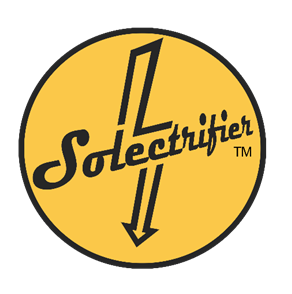
• The Solectrifier system is not affected by grid failures as it operates behind the meter and behind distribution panels.
• As the system is not grid tied, installation is much simpler and cheaper.
• With the Dual Power System, the entire ventilation system becomes much more resilient, and downtimes can be much reduced, resultion in a higher level of welfare and production safety.
• With conversion and grid losses reduced by approximately 20% compared to conventional systems, the system ROI is higher than on conventional PV inverter systems…
Daytime harvesting covers 90% of the fan’s power requirement
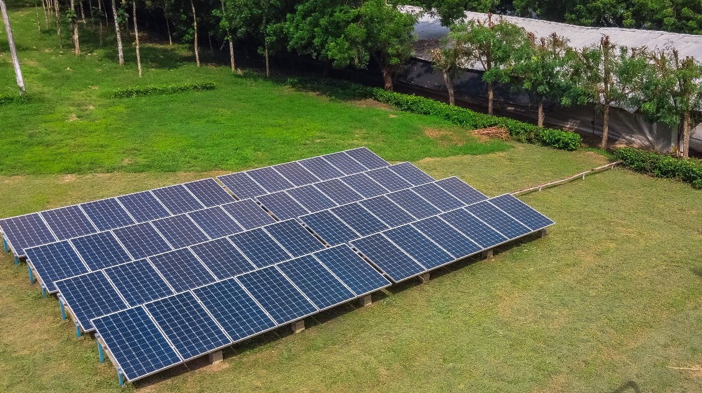
The Solectrifier system can be paired with battery storage, although usually it does not pay to do so. Field studies have shown that, depending on location and control strategy, a properly sized Solectrifier system will provide up to 90% of the fan’s total power requirement. Visit our booth #B30043 at the IPPE to see it.
These savings relate to the fact that the consumption profile and the production profile match each other unusually well in a fan application, fans spinning faster and working harder during daytime to create the required air exchange, and then slowing down at night, with nighttime fan power consumption typically less than 30% of daytime peak consumption.
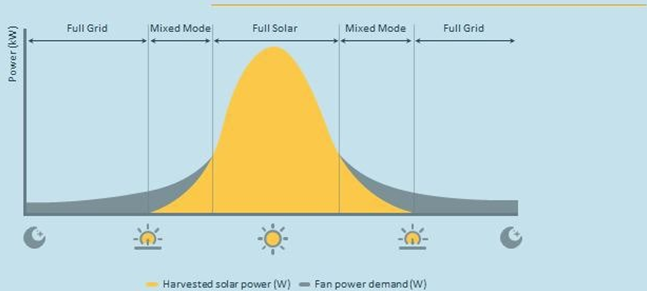
Field test results confirm the theory, and DACS report a 90% reduction in fan power consumption at an installation in Colombia, compared to a reference house of identical size and like production settings, in a 32 days production cycle:
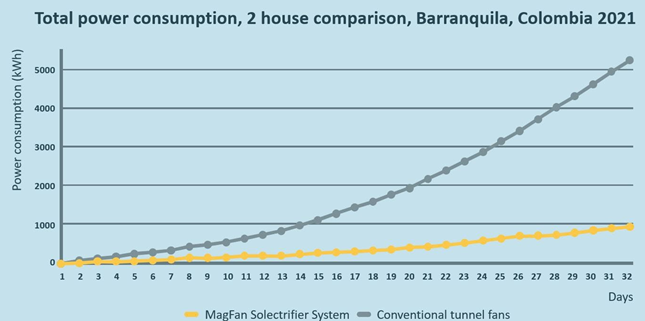
For more information, contact Jens Dybdahl, DACS A/S: [email protected] or visit www.dacs.dk
The Solectrifier is on display in the IPPE at the DACS booth #B30043.
Subscribe now to the poultry technical magazine
AUTHORS

Layer Longevity Starts at Rearing
H&N Technical Team
The Strategy for a Proper Infectious Bronchitis Control
Ceva Technical Team
Elevate Hatchery Performance with Petersime’s New Data-Driven Incubation Support Service
Petersime Technical Team
Maize and Soybean Meal Demand and Supply Situation in Indian Poultry Industry
Ricky Thaper
Production of Formed Injected Smoked Chicken Ham
Leonardo Ortiz Escoto
Antimicrobial Resistance in the Poultry Food Chain and Novel Strategies of Bacterial Control
Edgar O. Oviedo-Rondón
GREG TYLER INTERVIEW
Greg Tyler
Insights from the Inaugural US-RSPE Framework Report
Elena Myhre
Newcastle Disease: Knowing the Virus Better to Make the Best Control Decisions. Part II
Eliana Icochea D’Arrigo
Avian Pathogenic E. coli (APEC): Serotypes and Virulence
Cecilia Rosario Cortés
The Importance of Staff Training on Animal Welfare Issues in Poultry Industry
M. Verónica Jiménez Grez
Rodent Control is a Key Factor in Poultry Biosecurity and Sustainability
Edgar O. Oviedo-Rondón